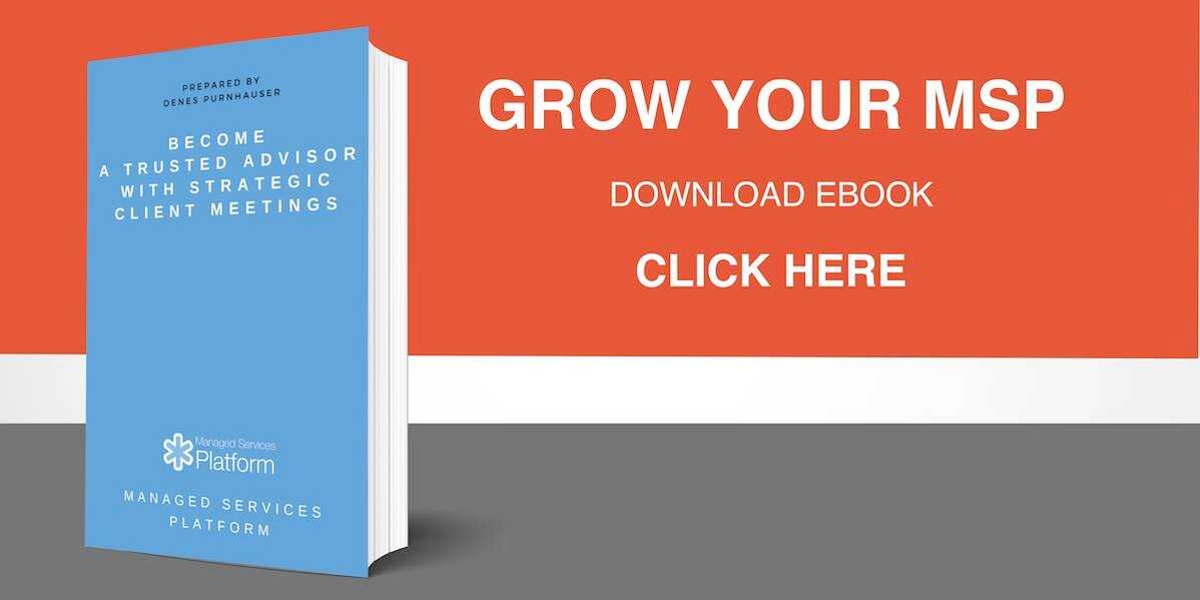
A few months ago we started sessions of real peer groups, to get people together to discuss real issues, problems and challenges we’re all facing and hopefully to come up with some individual plans that boost the accountability of process execution. From these I’ve compiled a list of topics that are front-of-mind among participants. I can report that the discussions dealt with the problems in a very forward looking manner, with creative solutions and not stuck in status-quo thinking. In my opinion these sessions are giving a unique insight into where the industry is going.Let’s see the topics one by one
Develop a Scalable
Account Management and vCIO Operations
in 30 days
1. Structure needed in vCIO services already sold
There’s a growing number of cases where IT managed services providers are able to sell a $4000 - $8000 MRR stand alone vCIO service. These sales are happening usually with a client or prospect who’s been looking for a full-time CIO as an option already, but the vCIO service were more appealing with their flexibility. The challenge is to reverse engineer back to structured, processed deliverables that meet the value agreement.
2. Differentiation with business consultancy on the website
This is a general trend of changing the focus of our websites from a collection of IT related items into a suite of IT strategy related consultation. There is still some debate on whether the original website should be fixed, or a new website is needed in a separate domain. Most people agree however that the website’s goal is not to be a “marketing engine”, but rather to function as a substantial support through the sales process; helping to qualify prospects and to differentiate this MSP from the herd.
3. Modular pricing methods instead of all in one
Not surprising is that customer needs are changing dramatically in the IT scene. The traditional “all in one” value models no longer seem to help close deals. Modular pricing balances out the standardized delivery with partially customized offering, while retaining the efficiency and accountability of standardized prices. Contributors are currently working on the model for the service stack, offering both traditional MSP related IT management services and even general SaaS applications as well.
4. Capturing the Micro SME (5-15 people) market in a profitable way
Many MSP have difficulty selling to micro clients in a profitable way. Since these firms tend to function entirely in the cloud, most of the traditional MSP package is an overkill for them. They do need some kind of support, but more likely a self-service rather than a fully managed service. Models are being formed for a solution applicable to this demographic with higher performance and lower resources based on 100% cloud stack.
5. Clearing the difference of the MSP 1.0 and 2.0 offering
The MSP 1.0 and the 2.0 model can nicely play together, however mixing the two without a clear separation of roles and processes can be harmful. Letting a virtual CIO manage ticket escalations and focus on infrastructure projects can easily kill the initiative. The best way to achieve clarity is to design a Business Model Canvas with MSP 1.0 and MSP 2.0 items separated. This will help managers, employees, and clients alike understand the non-obvious differences.
6. Ways to start the stand-alone vCIO
For many MSPs there exists an internal mental hurdle to offering the virtual CIO as a separate service not bundled in. It seems easier to bundle at first, but the lack of clarity, agreement and expectations make it impossible to execute profitably later. Different stand-alone one-time services are instead created to trigger the monthly recurring vCIO services.
7. Annual IT Strategy process to upsell vCIO to existing clients
Related to the previous topic, this challenge is to start pitching the vCIO to our clients. Many members have been working on the “IT Strategy Process” to kick off their vCIO initiative. Most understood that pitching the vCIO service without clearly stated needs and benefits doesn’t work. But creating an IT strategy (the process is 7-8 hours) is worth the time and a well presented IT Strategy with many deliverables will pave the way for the vCIO monthly recurring work.
8. Closing deals faster
Lastly we noticed a common lament: that for many IT companies it’s fairly easy to get a positive conversation about the Virtual CIO or other high level MSP services, but that the discussion often remained abstract, in the realm of possibilities, and deals were not closed. That’s why picking 1-3 items to quickly solve will show the tangible value to the client, leading to closing more - and more expensive - vCIO deals. The group actually together summarized that this experience was needed, as it is a new product/service category unlike traditional MSP services.
Conclusion:
If you see the value in these 8 major topics the Peer Groups are working on you’ll see that this is a unique and powerful tool, and very forward thinking. I’m impressed by people’s creativity, entrepreneurship, clarity and persistence - a room full of people from all over the world, not complaining, and doing what it takes to put their IT companies ahead of the curve. So thumbs up, good job!



